Chrome's new feature will reduce memory and CPU usage on Android to improve Performance
2 min. read
Published on
Read our disclosure page to find out how can you help MSPoweruser sustain the editorial team Read more

Google is testing a new feature in Chrome on Android called “Occlusion tracking”, available behind a flag. This feature saves memory and CPU when multiple windows are open.
Occlusion refers to identifying and managing windows or tabs that are not currently visible or active on the screen. In a multi-window environment on Android (such as split-screen mode or picture-in-picture), some Chrome windows or tabs may be partially or completely hidden behind other apps or windows. These hidden windows still eat system resources like CPU and memory, even though they are not actively in use.
Chrome for Android gets faster with Window Occlusion Tracking
Google is addressing this issue in Chrome for Android with the new feature.
‘Add a flag for occlusion on Android. This CL adds a flag for controlling occlusion support on Android,’ Google notes in a commit message.
‘Enables occlusion tracking on Android, which can save CPU and memory in multi-window environments,’ the Enable Android Window occlusion flag description reads.
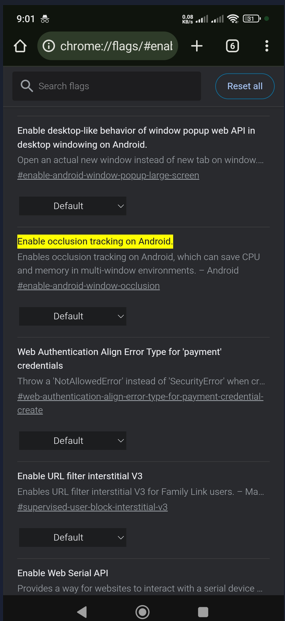
The new occlusion feature in Chrome for Android will monitor which windows or tabs are visible and which are hidden (occluded) behind other apps or windows.
When a window or tab is occluded, Chrome throttles its CPU usage and free up memory allocated to it. This ensures that resources are prioritized for the active window or app. When the occluded window or tab becomes visible again, Chrome will restore its resource allocation, allowing it to work normally.
The occlusion feature isn’t entirely new—it has already been implemented in Chrome for Windows. Known as ‘Native Window Occlusion,’ it was introduced in October 2020 with Chrome 86.
Google is now extending this feature to Chrome on Android as well, adapting it for multi-window environments. Keep in mind that the Window Occlusion feature in Chrome for Android is still being tested, and Google has not made any official announcements about its release.
That’s not all—yesterday, we reported that Google is working to provide an option in the menu of Chrome for Android to force reader mode for pages. Additionally, Google is testing the Explain Gemini feature in Chrome for iOS.
What’s your take on this? Let us know your thoughts in the comments below.
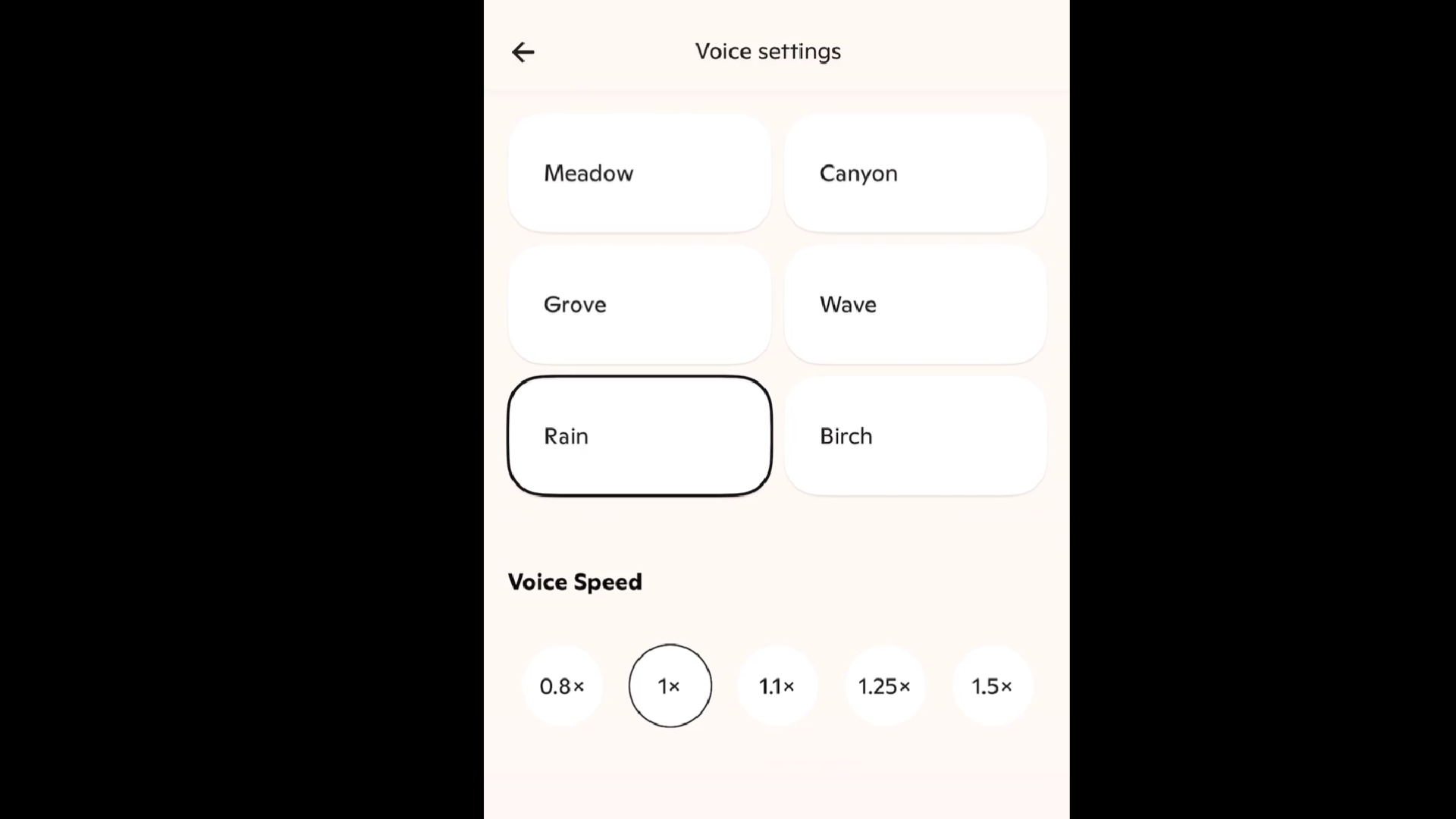

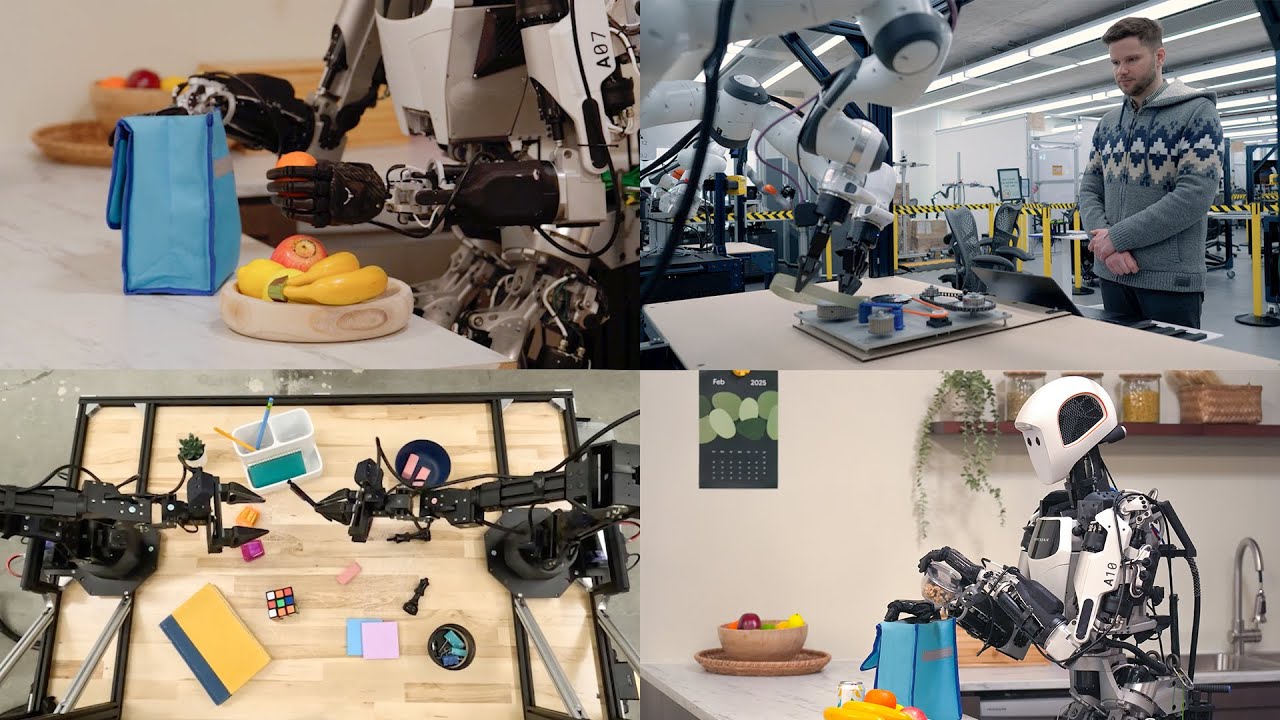
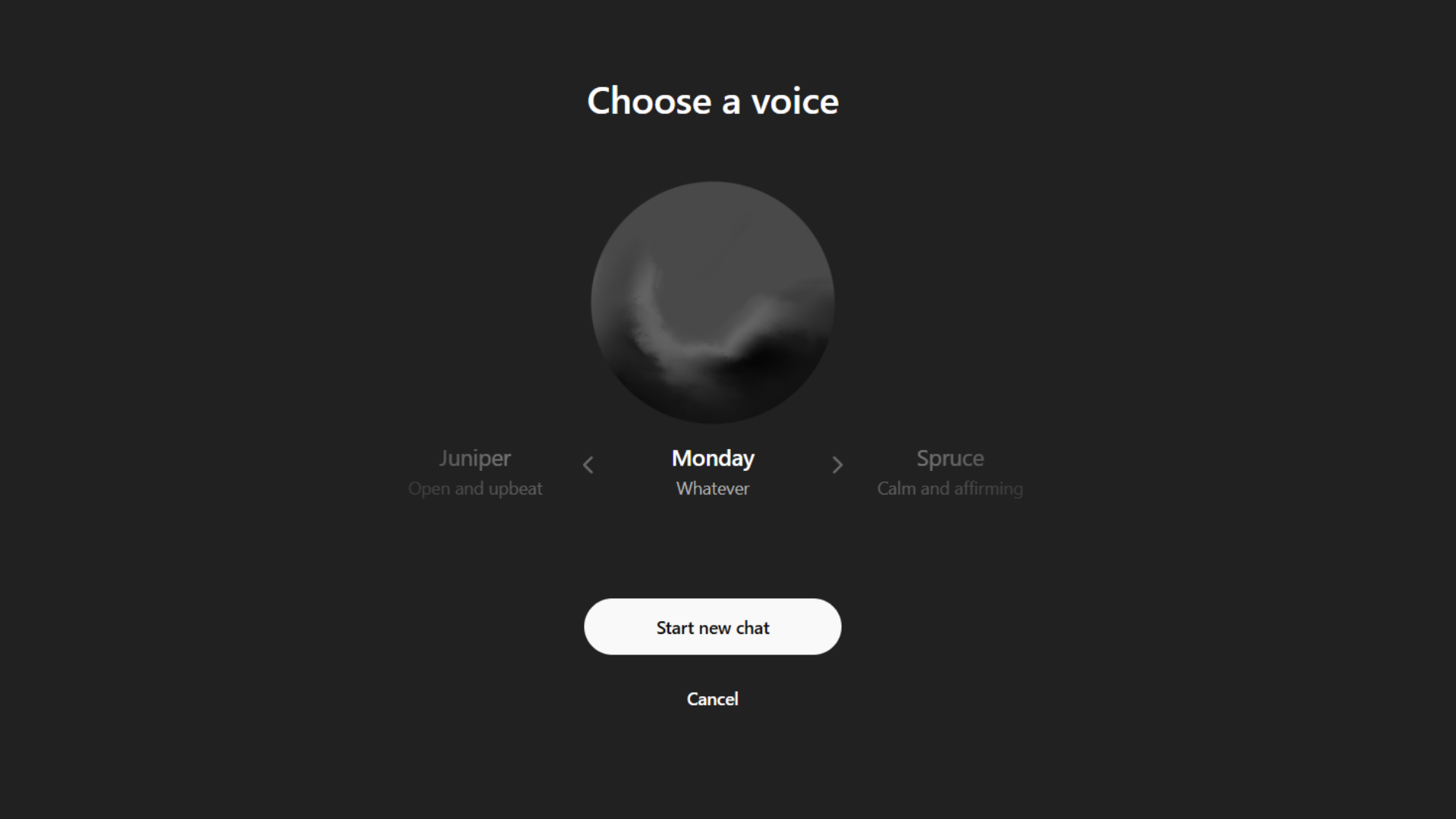
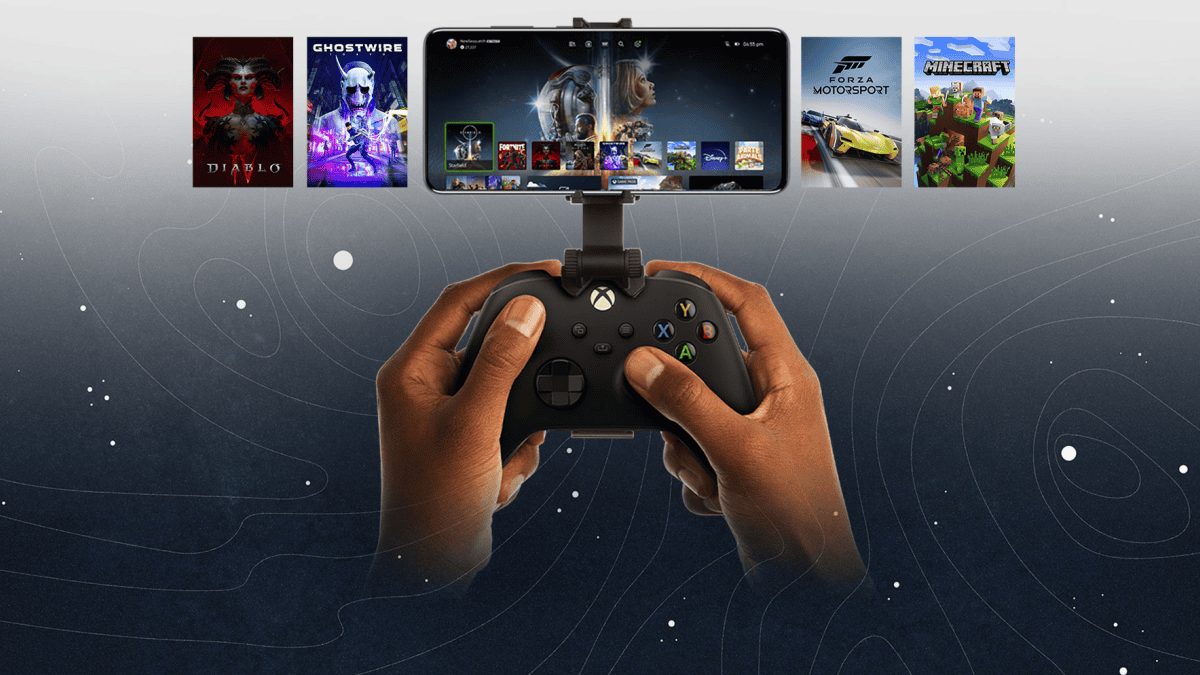
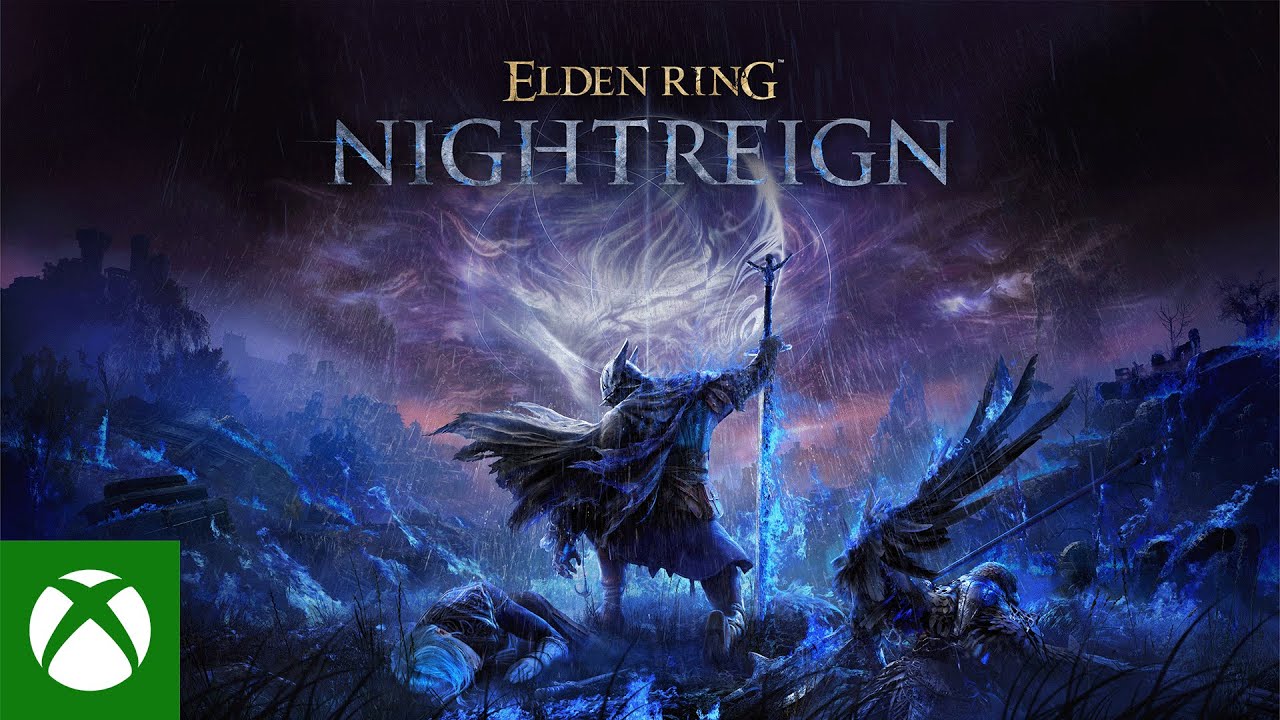
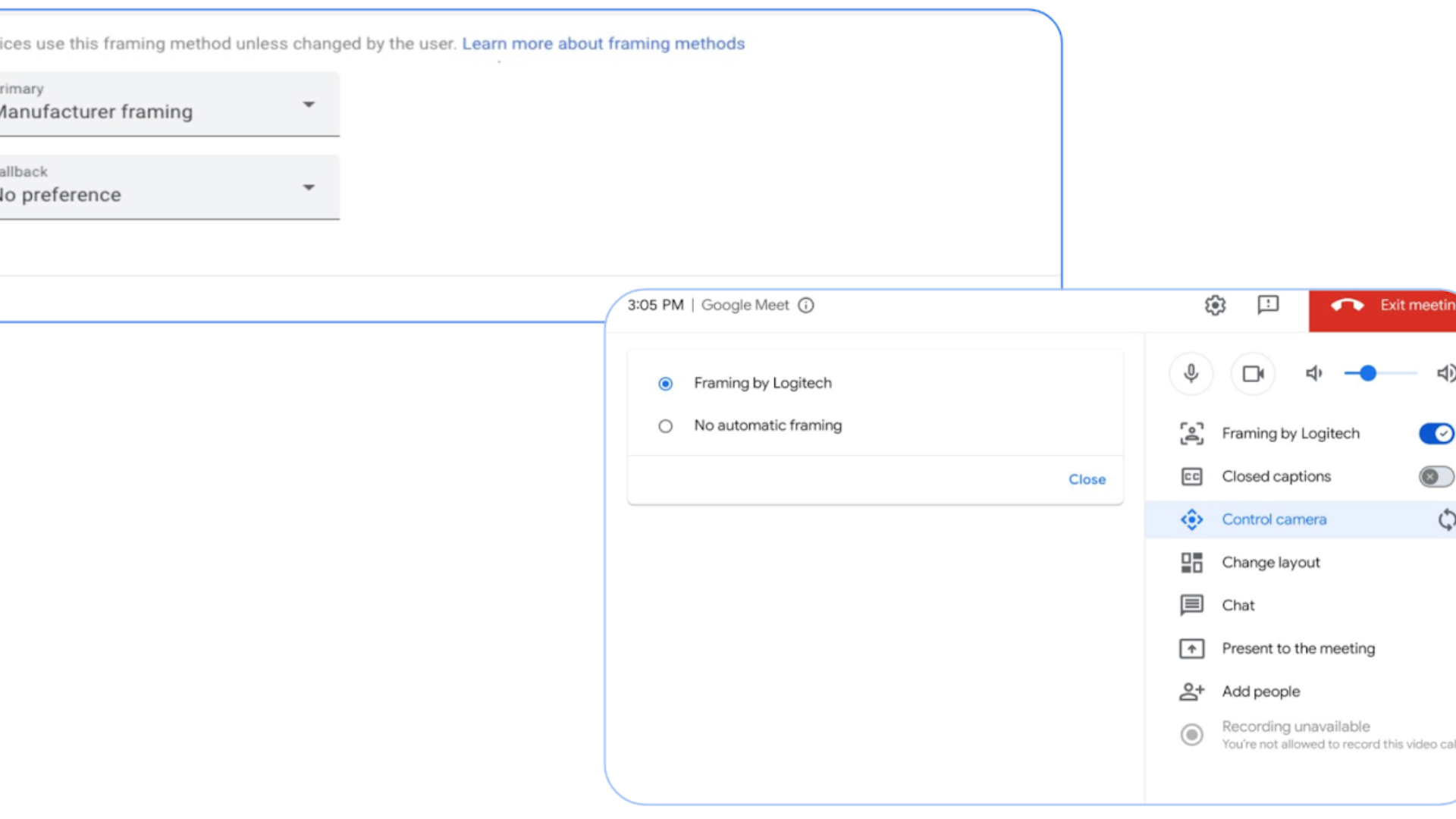
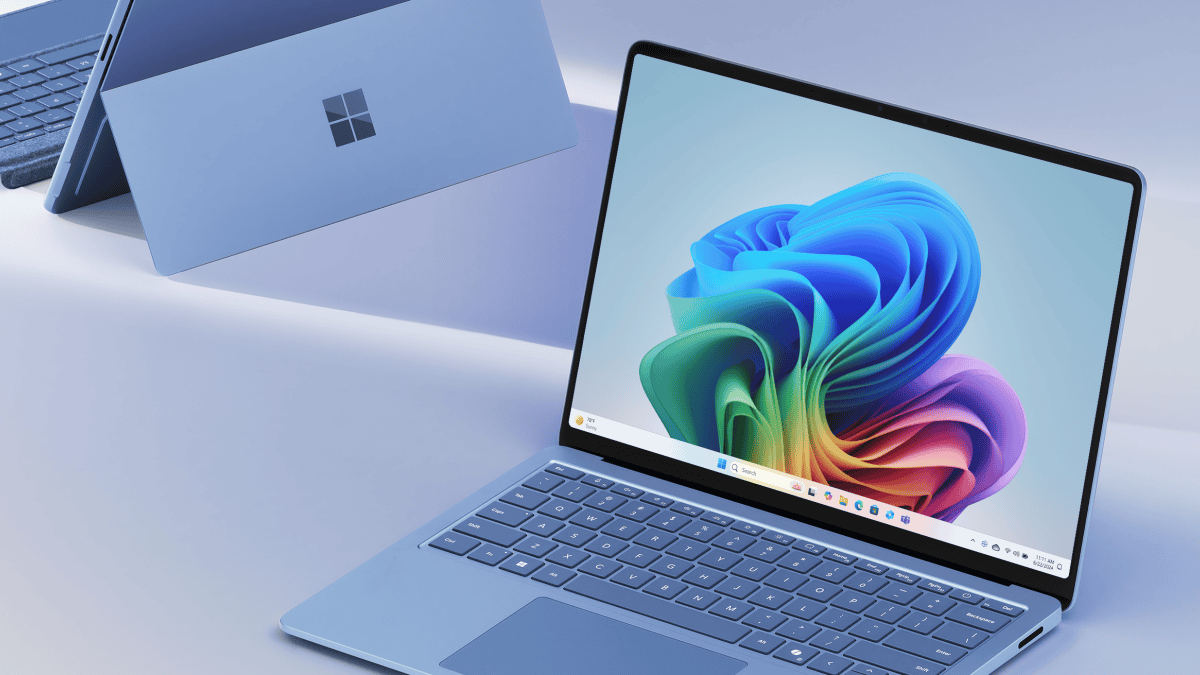
User forum
0 messages